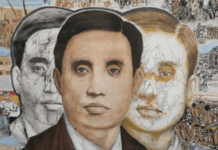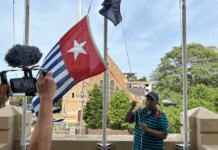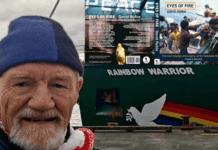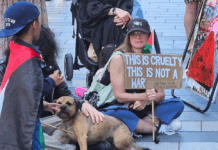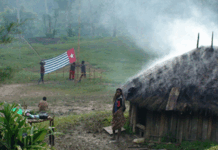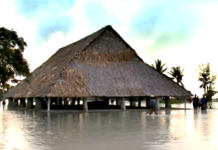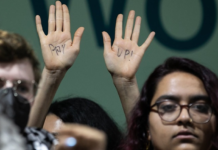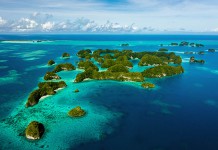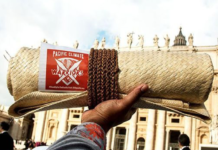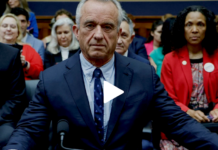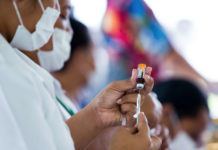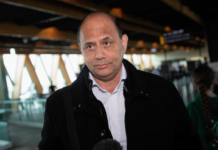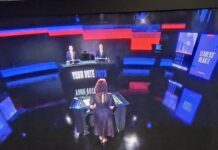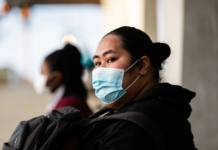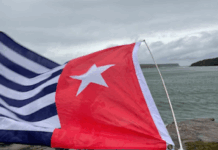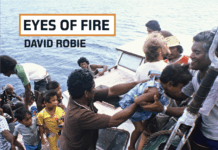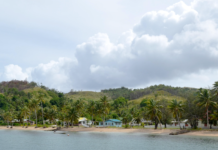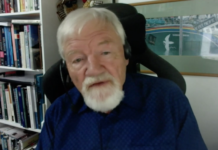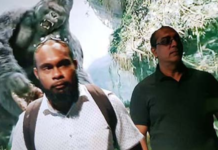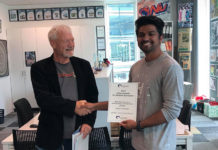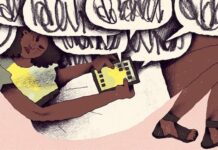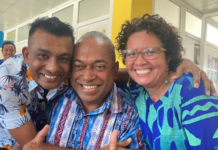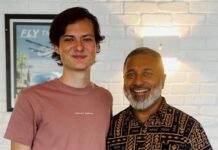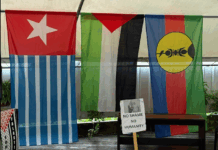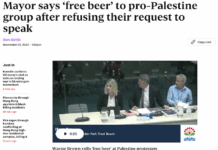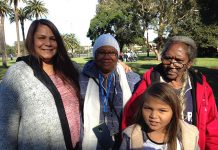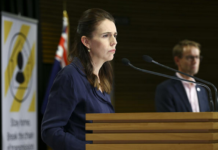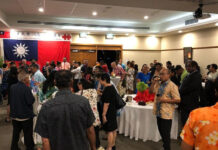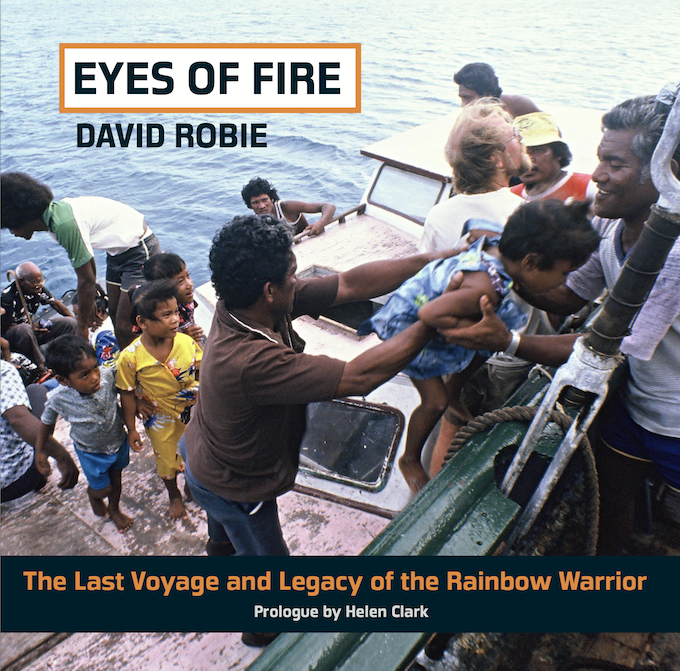
REVIEW: By Jenny Nicholls
Author David Robie left his cabin on the Rainbow Warrior three days before it was blown up by the Directorate General for External Security (DGSE), France’s foreign intelligence agency
The ship was destroyed at Marsden Wharf on 10 July 1985 by two limpet mines attached
below the waterline.
As New Zealand soon learned to its shock, the second explosion killed crew member and photographer Fernando Pereira as he tried to retrieve his cameras.
“I had planned to spend the night of the bombing onboard with my two young sons, to give them a brief taste of shipboard life,” Dr Robie writes. “At the last moment I decided to leave it to another night.”
He left the ship after 11 weeks documenting what turned out to be the last of her humanitarian missions — a voyage which highlighted the exploitation of Pacific nations
by countries who used them to test nuclear weapons.
Dr Robie was the only journalist on board to cover both the evacuation of the people
of Rongelap Atoll after their land, fishing grounds and bodies were ravaged by US nuclear fallout, and the continued voyage to nuclear-free Vanuatu and New Zealand.
Eyes of Fire is not only the authoritative biography of the Rainbow Warrior and her
missions, but a gripping account of the infiltration of Greenpeace by a French spy, the bombing, its planning, the capture of the French agents, the political fallout, and ongoing
challenges for Pacific nations.
Dr Robie corrects the widely held belief that the first explosion on the Rainbow Warrior
was intended as a warning, to avoid loss of life. No, it turns out, the French state really
did mean to kill people.
“It was remarkable,” he writes, “that Fernando Pereira was the only person who
died.”
The explosives were set to detonate shortly before midnight, when members of the
crew would be asleep. (One of them was the ship’s relief cook, Waihekean Margaret Mills. She awoke in the nick of time. The next explosion blew in the wall of her cabin).
“Two cabins on the main deck had their floors ruptured by pieces of steel flying from
the [first] engine room blast,” writes Dr Robie.
“By chance, the four crew who slept in those rooms were not on board. If they had been,
they almost certainly would have been killed.”

Eyes of Fire was first published in 1986 — and also in the UK and USA, and has been reissued in 2005, 2015 and again this year to coincide with the 40th anniversary
of the bombing.
If you are lucky enough to own the first edition, you will find plenty that is new here; updated text, an index, new photographs, a prologue by former NZ prime minister Helen Clark and a searing preface by Waihekean Bunny McDiarmid, former executive director
of Greenpeace International.
As you would expect from the former head of journalism schools at the University
of Papua New Guinea and University of the South Pacific, and founder of AUT’s Pacific Media Centre, Eyes of Fire is not only a brilliant piece of research, it is an absolutely
fascinating read, filled with human detail.
The bombing and its aftermath make up a couple of chapters in a book which covers an enormous amount of ground.
Professor David Robie is a photographer, journalist and teacher who was awarded an MNZM in 2024 for his services to journalism and Asia-Pacific media education. He is founding editor of the Pacific Journalism Review, also well worth seeking out.
Eyes of Fire is an updated classic and required reading for anyone interested in activism
or the contemporary history of the Pacific.
- Eyes of Fire: The Last Voyage and Legacy of the Rainbow Warrior, by David Robie; prologue by former NZ prime minister Helen Clark (Little Island Press). There is a linked microsite Eyes of Fire: 40 Years On. Reviewer Jenny Nicholls is subeditor of the Waiheke Weekender, where this review was first published.
- Available at Baka Books in Fiji
- The Legends of the Pacific: Stories of a Nuclear-Free Moana exhibition curated by the Asia Pacific Media Network (APMN) is currently on at the Waiheke Library until September 11.


